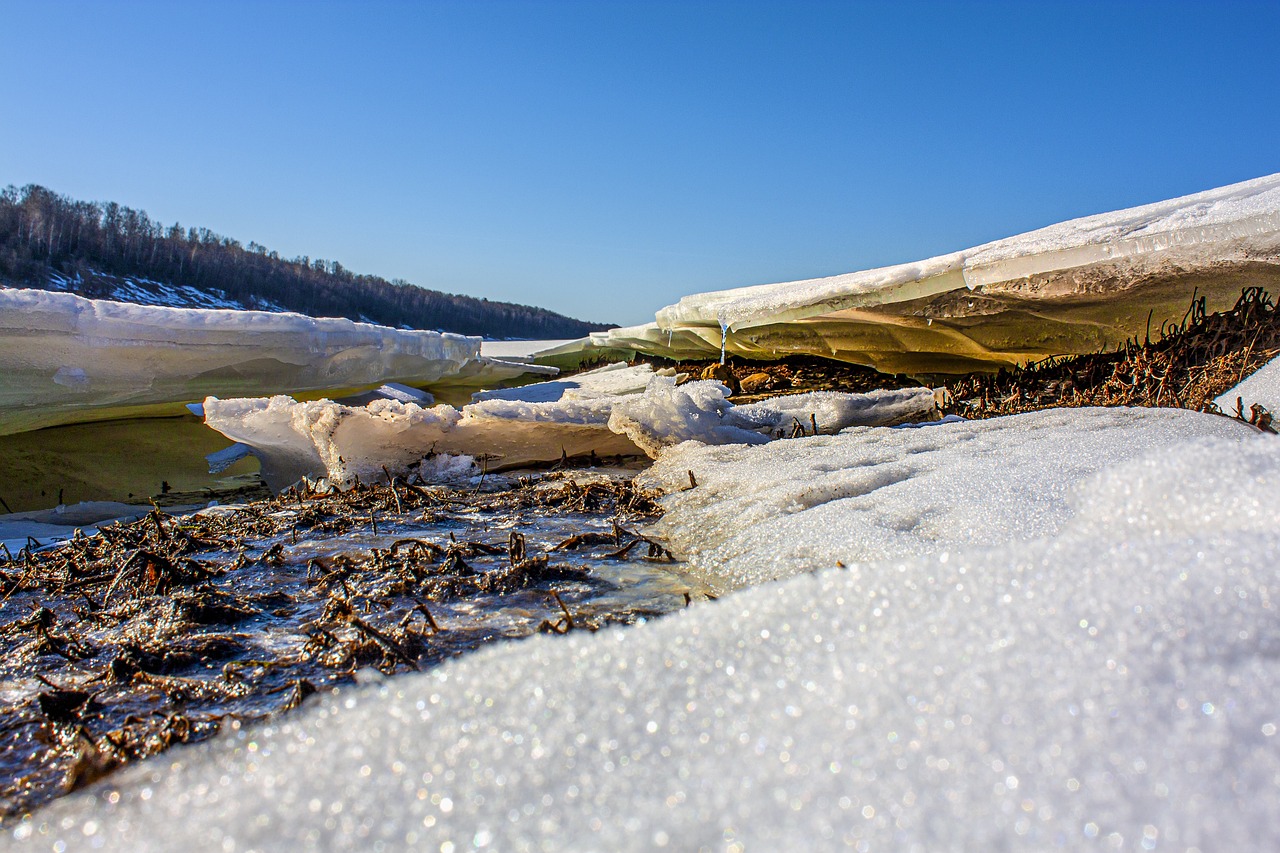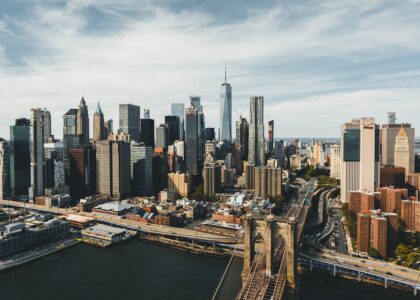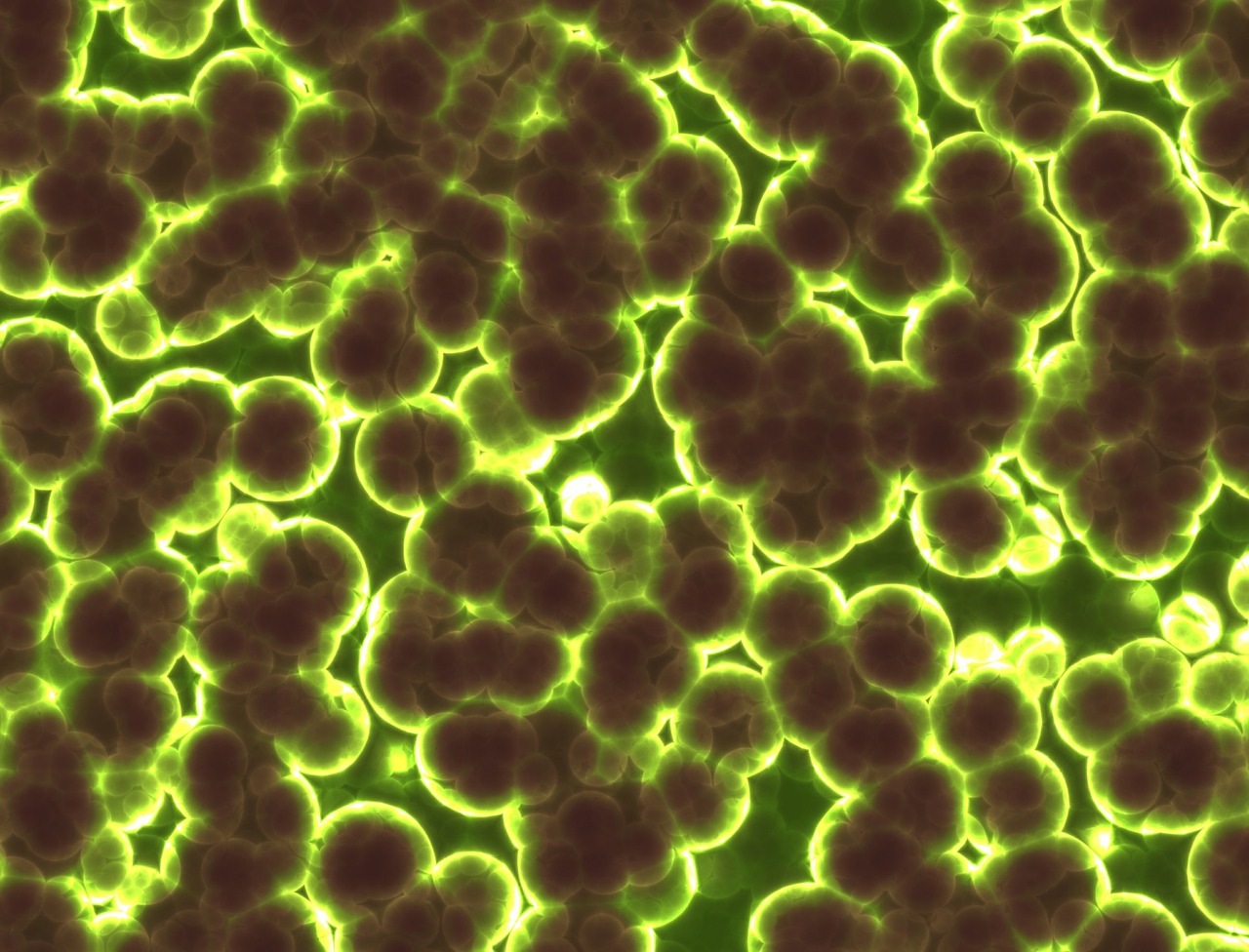From the countless amounts of news articles and extreme weather events, to many of us it’s no surprise that climate change is bringing with it various negative consequences. You often hear of forest fires, floods, and the concern about the sea level rising, yet there’s one issue leading to an increase in greenhouse gases, harm to many communities, and degradation to ecosystems that get overshadowed more than it should. This climate phenomenon is otherwise known as permafrost thawing.
What Is Permafrost?
Permafrost is a term coined for the thermal condition of earth materials that constantly remains below 32°F (0°C) many years, so basically very cold soil and rock. However, as the climate increases and precipitation changes, permafrost starts thawing and this occurrence can be very threatening locally and globally.
“20% of the world’s land area is underlined by permafrost”
It is starting to become more of a concern as its thawing accelerates because 20 percent of the world’s land area is underlined by permafrost mostly being found in North America, Eurasia and Antarctica. There is evidence of its melting because of landscape changes as lakes are starting to disappear and drainage channels are becoming larger due to its melting. Another piece of evidence is seen with slumping hills as buried glacier ice thaws.
Why Is This Dangerous?
Permafrost thawing has many consequences attributed to it but solutions are still hard to find. The following negative impacts of permafrost thawing include but are not limited to:
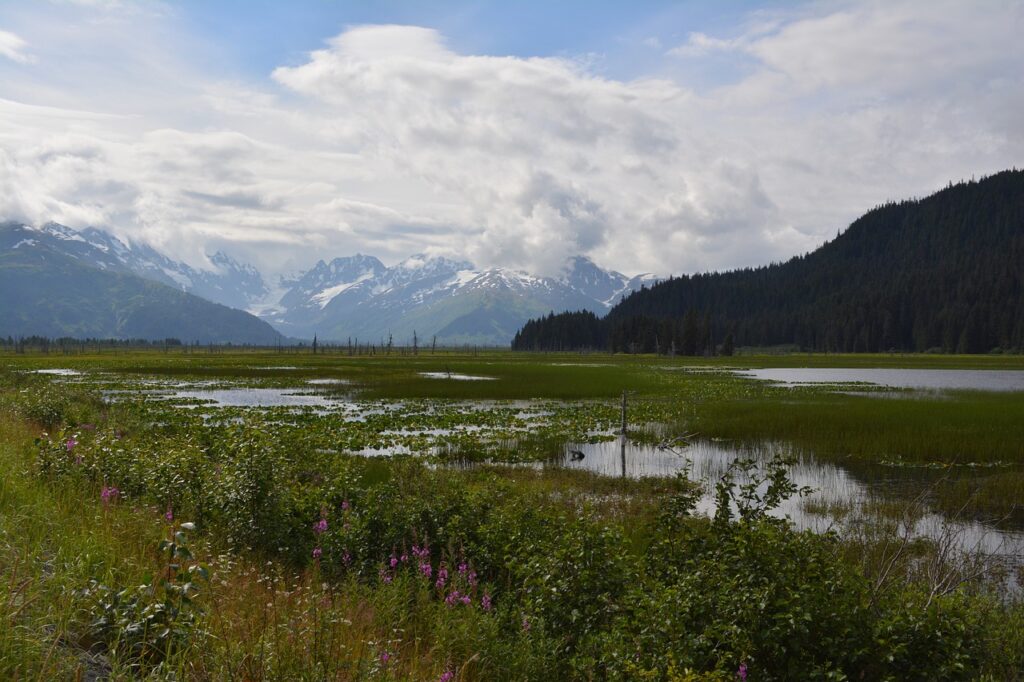
Increase In Greenhouse Gases
The concerning part about climate warming is that as the implementations start occurring a cycle starts that can be hard to stop. In this case, it is that with warm climates and permafrost thawing, the greenhouse effect also increases. In many peatlands, a large amount of soil carbon is stored. Specifically in northern areas of Canada soil organic carbon makes up around 43% of the northern peatlands. Meaning with the increase in global warming an acceleration occurs in permafrost thawing which increases microbial decomposition and exposes the soil organic carbon into the atmosphere as CO2 (Carbon Dioxide) and CH4 (Methane).
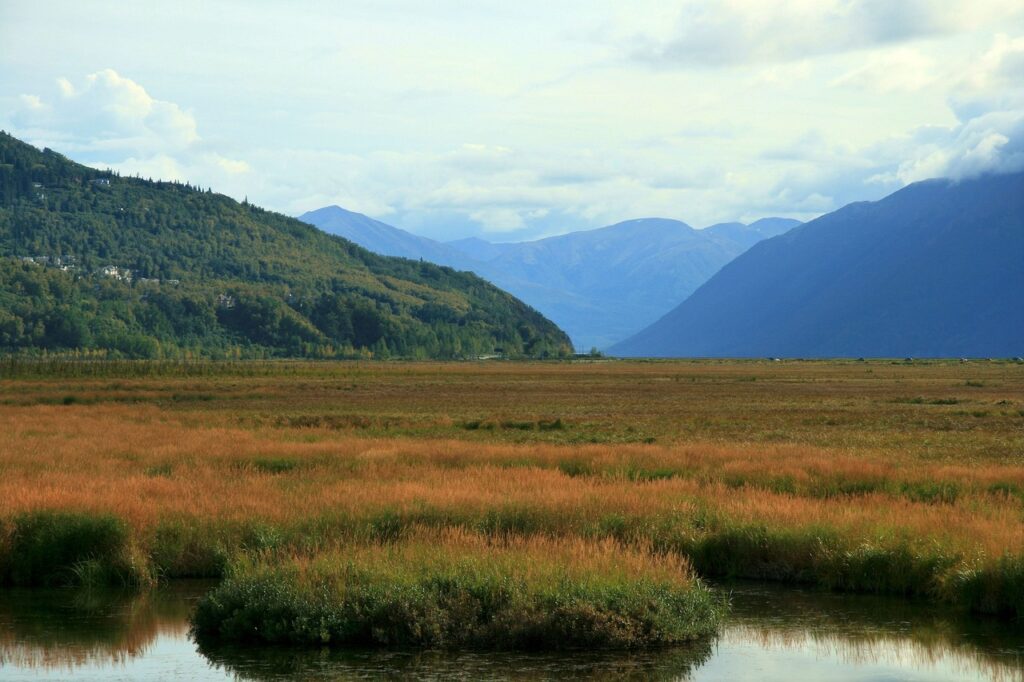
Concern For Northern Communities
Not only is this phenomenon a concern for the environment, but also harms northern communities with infrastructure built on peatlands. In Canada’s northern regions for example, the communities are dependent on infrastructure that is functional and safe, yet with its communities built on permafrost regions these local populations become at risk ecologically, socially, and financially. Northern communities must spend more time, effort, and money on building infrastructure that won’t be threatened by permafrost. For example, the upkeep and maintenance of buildings and roads, and having to add an insulated layer to paved roads or runaways to avoid the warming of the ground. Another large challenge posed by permafrost is that agriculture becomes difficult in such areas creating food prices in northern Canada to increase further.
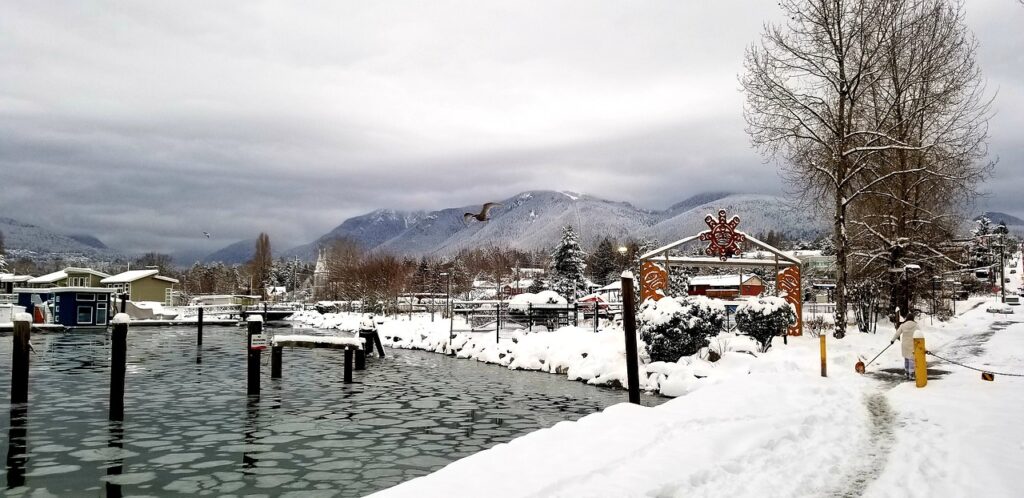
Effects On The Environment
The last concern I want to mention discusses how thawing permafrost can drastically change its environment. As permafrost starts thawing with increasing temperatures the soil moisture starts shifting as well. The supplying of soil moisture and nutrients to vegetation heavily relies on permafrost so permafrost degradation can cause considerable changes to the climate and its surrounding ecosystem. With changes to an ecosystem and vegetation, the ecological balance becomes disturbed causing ecosystem degradation.
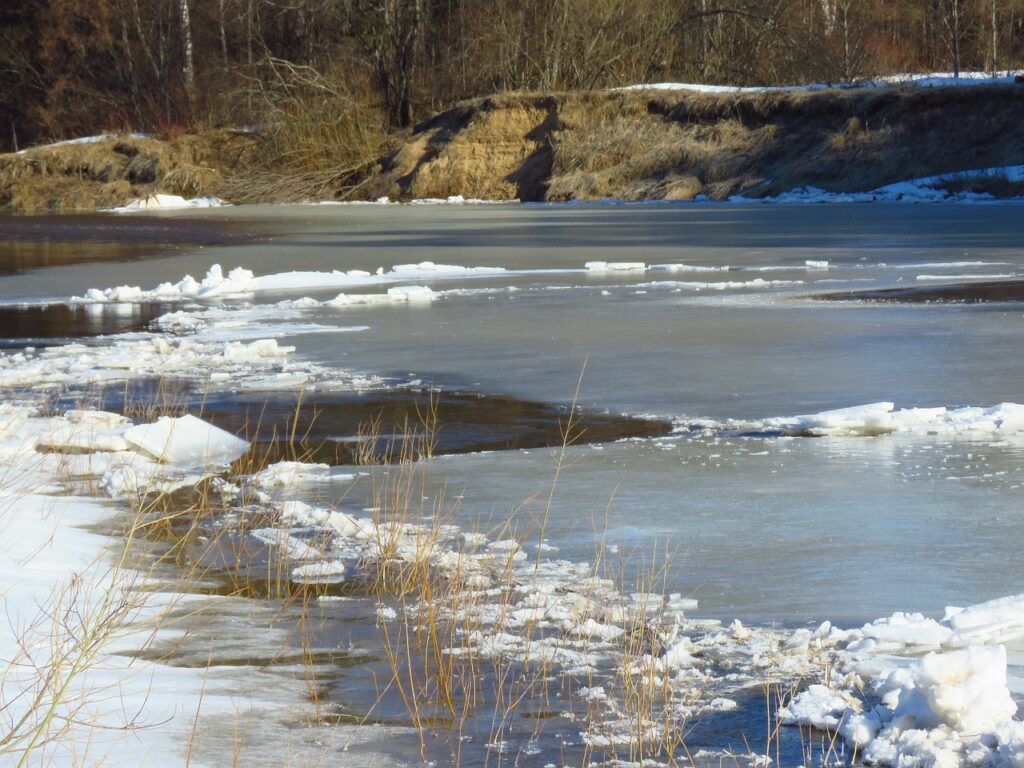
Possible Solutions
Unfortunately, because thawing permafrost occurs due to rising temperatures, the only known long-term solution to prevent it from further occurring would be to stop the rapid increase in greenhouse gases. As more research is being conducted more potential solutions are being discussed however, for many these issues may just be rather avoided because of the heavy negative implications it carries and what damage it will cause to our future. Understanding and being aware of changes in our environment is the first step to finding potential solutions to mitigate environmental damage for future generations.
Sources
Brown, R. J. E. (1970). Permafrost in Canada: its influence on Northern development. University of Toronto Press.
Heffernan, Liam, et al. “Long-Term Impacts of Permafrost Thaw on Carbon Storage in Peatlands; Deep Losses Offset by Surficial Accumulation.” Journal of Geophysical Research. Biogeosciences, vol. 125, no. 3, Wiley-Blackwell for American Geophysical Union, 2020, https://doi.org/10.1029/2019JG005501.
Hugelius, G., Strauss, J., Zubrzycki, S., Harden, J. W., Schuur, E. A. G., Ping, C. L., et al. (2014). Estimated stocks of circumpolar permafrost carbon with quantified uncertainty ranges and identified data gaps. Biogeosciences, 11(23), 6573–6593. https://doi.org/10.5194/bg‐11‐ 6573‐2014
Kramer, D. (2022, June 14). Permafrost is an undefined variable in the climate equation. Physics Today. Retrieved January 22, 2023, from https://physicstoday.scitation.org/do/10.1063/pt.6.2.20220614a/full/#:~:text=Ultimately%20the%20only%20way%20to,reduce%20its%20greenhouse%20gas%20emissions.
Lara, M. J. (2022, April 13). Driven by climate change, thawing permafrost is radically changing the Arctic Landscape. PBS. Retrieved January 22, 2023, from https://www.pbs.org/newshour/science/driven-by-climate-change-thawing-permafrost-is-radically-changing-the-arctic-landscape#:~:text=As%20temperatures%20rise%20and%20patterns,these%20dynamic%20ecosystems%20over%20millennia.
Yang, Z., Ou, Y. H., Xu, X., Zhao, L., Song, M., & Zhou, C. (2010). Effects of permafrost degradation on ecosystems. Acta Ecologica Sinica, 30(1), 33–39. https://doi.org/10.1016/j.chnaes.2009.12.00

